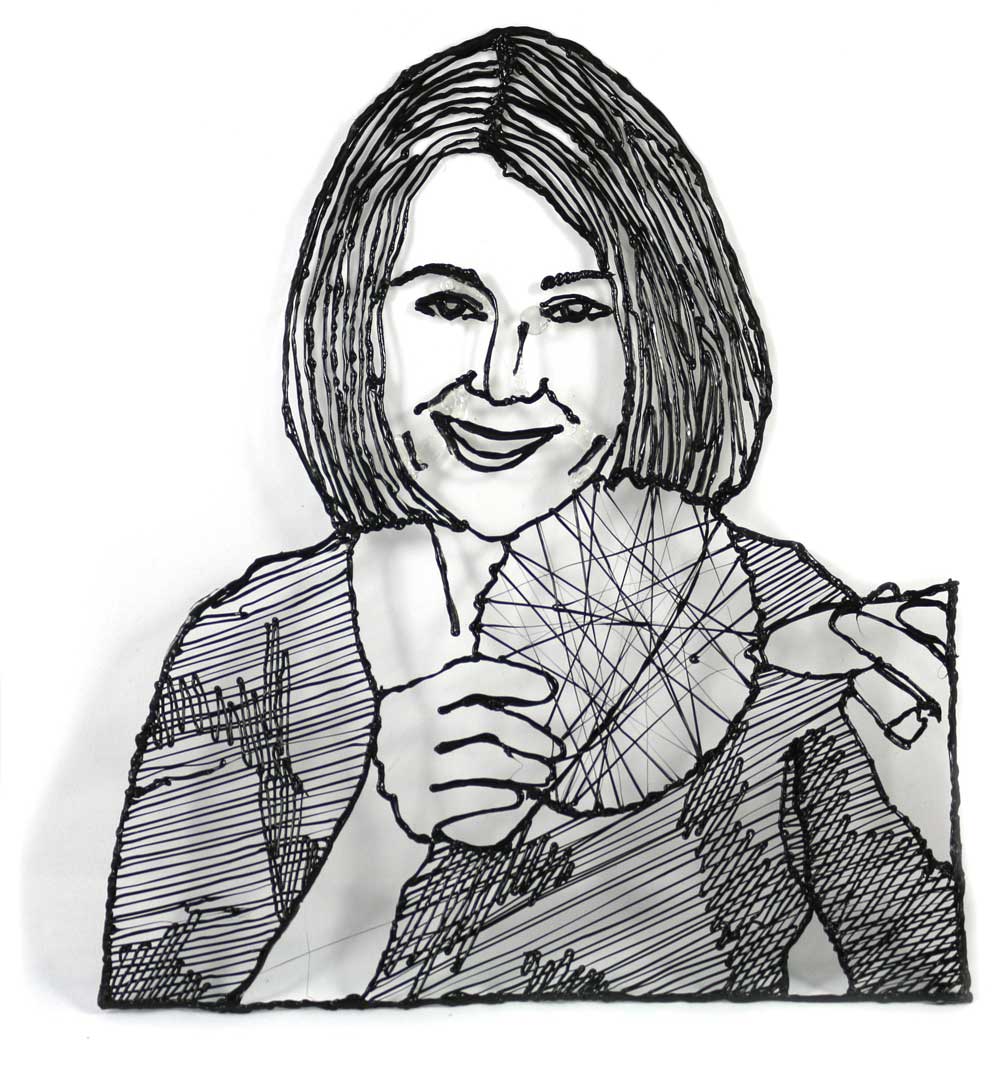Students sometimes hold up a Doodle and ask me, “Does this look right?” I often answer them with the question, “What do you think?”
How far we’ve come from the days when our teachers were the keepers of all knowledge, along with the answer key at the back of the book. Those were limited times that yielded restrictive outcomes. Today’s teacher is a guide who facilitates instruction. Authentic questions arise naturally during the investigative process with students as the architects of their own learning.
I have found 3Doodler pens to be great tools that inspire growth-promoting questions among my students. You may wonder why questions are so important to learning. Here are six reasons students should ask questions.
1. Asking questions develops self-confidence.

While confusion may arise for a number of reasons, even the shyest or most hesitant student raises the proper questions when strongly invested in the outcome. As a result, students overcome their fears of social norms and pressures, developing their voices in the pursuit of a higher purpose.
2. No question is too silly to ask.

A question that may appear absurd on its face may only seem so in light of the current thinking. Students in my class are in awe of the historical thinkers who asked the “ridiculous” questions. Newton once pondered why an apple falls from a tree, but the Earth does not fall from the sky. His steadfast passion for answers, despite condescension from peers, led him to epiphanies far beyond the consciousness of his time. Students who ask “silly” questions become intellectual and visceral thinkers that strive for answers outside the current norm of expectations.
3. Students overcome bias when inspired to question why.

Beliefs and judgments are tested in concrete ways when designing hands-on solutions. The design process guides students to articulate new questions that test their preconceived notions. The results may alter their mindset, which influences the broader ways in which students think about the world.
4. Asking questions generates better questions.

In other words, the more we question, the better we become at honing in on the questions that guide us through our discovery. The first question is only the beginning. There is an art to crafting the subsequent questions that arise as a consequence. Each question unpacks a new one, like a set of Russian nesting dolls. From largest to smallest, students’ questions will eventually lead them to the essential core question lying within the heart of any discovery.
5. Questioning raises the consciousness of our society.

When we think we know it all, we cease to question. Discussions become close-ended monologues when individuals are steadfast in their beliefs. Questioning widens our thinking, allowing in fresh perspectives and generating an open-minded exchange of ideas, promoting the greater good, rather than the independent gain.
And the most important reason…
In life, there is no list of questions to direct your learning. That means that students need to be critical thinkers who can not only answer, but ask the questions that direct and inspire others. You cannot send your students off with a list, but you can present them with learning opportunities that make them seek answers to their own questions for a lifetime.





